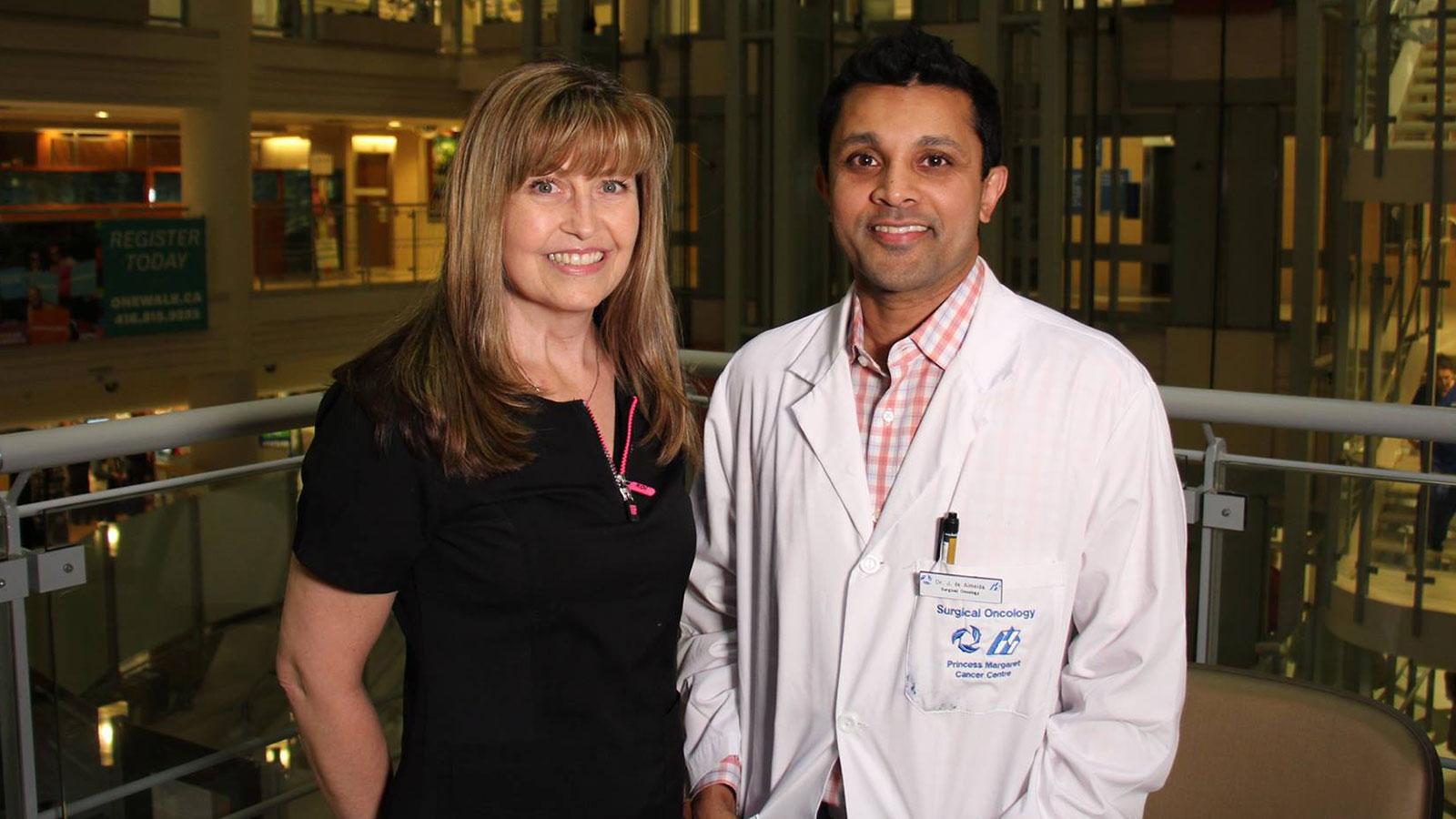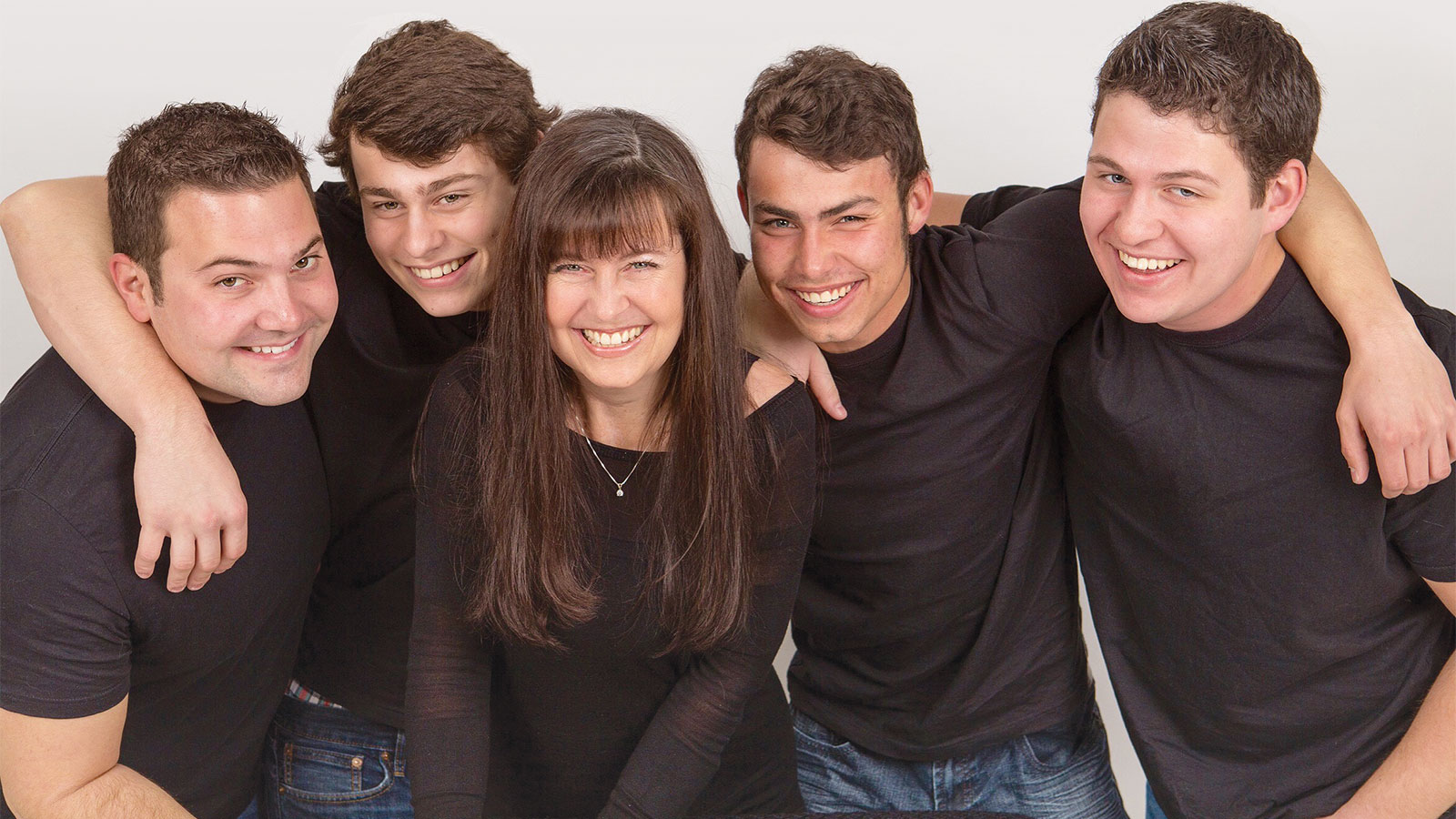12 years ago, donations to The Princess Margaret Cancer Foundation enabled the purchase of the very first surgical robot in the Cancer Centre. Its name is “da Vinci.”
The da Vinci system has robotic arms that can articulate in ways the human hand cannot, enabling surgeons to perform minimally invasive surgery using tiny instruments. Its tiny high-definition cameras can see much better than the human eye and as a result, surgeons can reach what was once inoperable and cut with greater precision.
In the fall of 2013, Jennifer Cicci, noticed something strange in her neck. It was painless, but her heart knew something wasn’t right. Sadly, she found herself advocating her way through a series of specialists before being diagnosed with HPV-related tonsil cancer.
“Because I didn’t present any of the traditional risk factors, every other specialist who looked down my throat said, ‘this doesn’t look like cancer."

Jennifer was quick to choose the option of robotic surgery vs. traditional chemotherapy treatments. And thanks to da Vinci, she avoided a very invasive, jaw-splitting surgery that would have cost her the ability to speak or swallow.
“The chemo treatments they would have used presented a 25% increased risk of developing a secondary cancer. That was too high for me,” says Jennifer. “Plus, I have numerous allergies and I was terrified that the chemotherapy intended to save my life may end it. That robot saved my life!”
Dr. John de Almeida, a surgeon specializing in Head & Neck cancer at The Princess Margaret, and the da Vinci robot, performed a complex five-hour surgery on Jennifer. Removing a baseball-sized mass of tissue from the right side of her throat, a partial piece of tongue and 26 lymph nodes. “Within a month of surgery, I could swallow most foods, and I was able to retain my saliva glands,” says Jennifer.
“I tell everyone about the surgery. Together, Dr. de Almeida and the da Vinci robot saved my life.”
As she prepared for follow ups, a CT scan revealed a few more lymph node enlargements. Dr. de Almeida quickly performed another operation on her neck, removing four more lymph nodes, two of which tested positive for cancer. “Dr. de Almeida knew from the first surgery that I was pretty nervous about going under (anesthetic). While the anesthesiologist was preparing to put me to sleep, he stood beside my bed and scrolled through some pictures of his baby boy to look at. I felt so peaceful.”
Jennifer’s cancer was contained to the throat, she is currently living cancer free.
Read next

